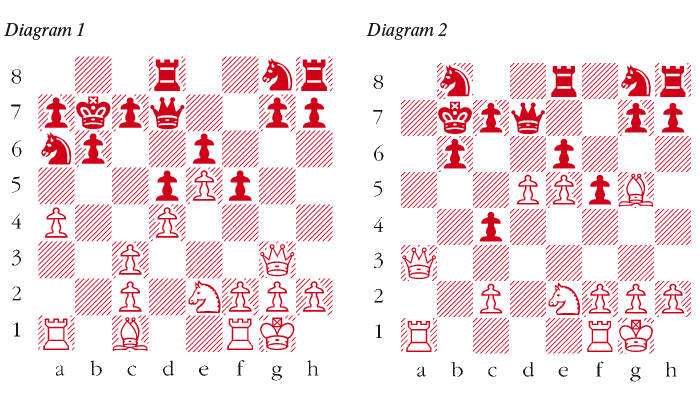Matthew Sadler’s retirement from full-time international chess is one of the great losses to the British game. Occasionally, the one-time prodigy emerges, usually to make a massive score in a rapid or blitz event in the vicinity of Holland, where he now works and lives. It is also fortunate that he still competes in the Four Nations Chess League.
This week’s game is a Sadler victory against a former two-times World Championship candidate, Jon Speelman.
Sadler-Speelman: 4NCL 2017; French Defence
1 e4 e6 2 d4 d5 3 Nc3 Bb4 4 e5 Qd7 The usual move here is 4 … c5 with an immediate challenge to the white pawn centre. Speelman may have chosen the text in the erroneous belief that Sadler would have been less well prepared for it. 5 a3 Bxc3+ Paradoxically, Black may be better off retreating with 5 … Bf8 which makes no concessions in terms of surrendering the bishop pair or weakening the dark squares. An example is Kasparov-Ivanchuk, Horgen 1995, which (with the substitution of 4…b6 for 4…Qd7) continued 5 … Bf8 6 Nf3 Ne7 7 h4 h6 8 h5 a5 9 Bb5+ c6 10 Ba4 Nd7. In this game, Kasparov’s attack ultimately foundered against the impervious nature of the black fortress and Ivanchuk went on to win an historic victory against the world champion. 6 bxc3 b6 Black’s strategic plan becomes evident. His queen defends along the seventh rank, meanwhile Black hopes to trade the light-squared bishops when the pawn configuration will even give him the advantage if he survives to the endgame. On top of this, Black also prepares to castle queenside, thus evacuating the king from White’s attack on the opposite side of the board. The only drawback to this ideal scheme is that it consumes a vast amount of time, which Sadler is quick to exploit. 7 Qg4 f5 8 Qg3 Ba6 9 Bxa6 Nxa6 10 Ne2 0-0-0 11 a4 Kb7 12 0-0 (diagram 1) This position has been seen many times before but Sadler makes it look like a forced win for White. 12 … Nb8 12 … Qf7 is the main move but after 13 c4 dxc4 14 Qc3 Ne7 15 Qxc4 Nc6 16 a5 White has a huge attack. 13 a5 Nc6 14 axb6 axb6 15 c4 This chips away at the centre while also opening a line for the white queen to transfer to the a-file. 15 … dxc4 16 Qa3 Nb8 16 … Na5 17 Bd2 Ra8 18 Rfb1 is dismal for Black as, indeed, is everything else. 17 Bg5 Re8 18 d5 (diagram 2) 18 … Qxd5 18 … exd5 19 Qa8+ Kc8 20 Nd4 wins. 19 Rfd1 Qe4 20 Nc3 Qc6 21 Qa8+ Kc8 22 Qxc6 Nxc6 23 Ra8+ Nb8 24 Nb5 Now Ra7 is coming. 24 … Re7 25 Rxb8+ Black resigns
Raymond Keene
Blazing Sadler

issue 25 February 2017




Comments